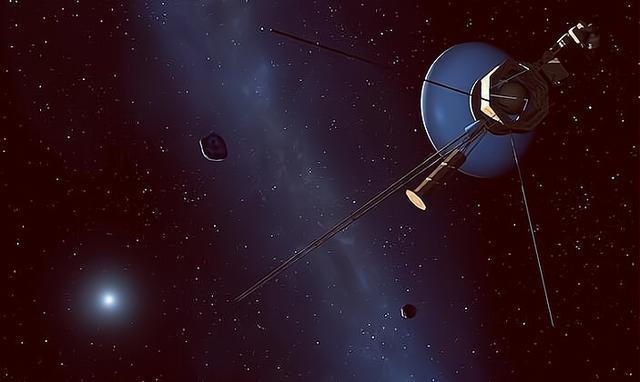Every 176 years, on average, earth, jupiter, saturn, uranus and neptune line up, which means that if we launch a probe from earth during this time, it will be able to use the 'gravitational slingshots' of the four giant planets of our solar system in succession to fly faster and further.
It was in this context that the famous voyager 1 and 2 probes were launched in 1977 and, after a long flight of 43 years, are now well into interstellar space. To this day, voyager 1 earth is a whopping 22.6 billion kilometres away, making it the furthest man-made object from earth, while voyager 2 is also as far away as 18.8 billion kilometres.
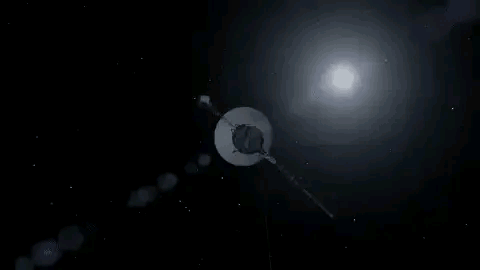
At such a great distance, earth's control over them has not always been smooth. In fact, from march 2020, voyager 2 went out of control and lasted for seven months until the end of october, when voyager 2, which had been out of control for seven months, sent a message to earth: Hello. What is going on here? We need to first understand how earth and voyager 2 communicate.
There is nothing mysterious about the communication between earth and voyager 2, in fact, it is still using the familiar radio communication technology, except that in order to better send and receive radio signals in deep space, voyager 2 carries a 3.7m diameter "Cauldron", which is called this is known as the "High gain antenna".
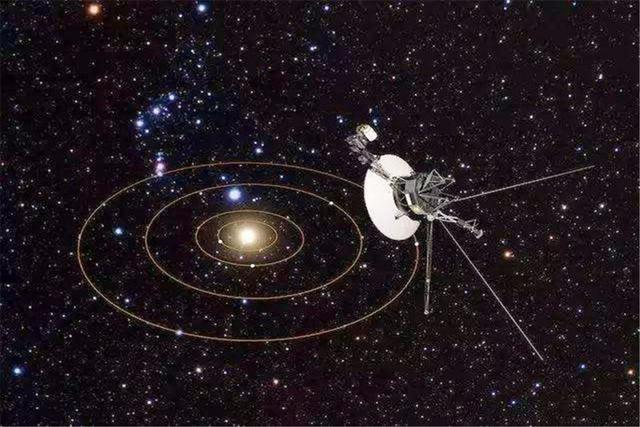
"The purpose of the high gain antenna is to concentrate the radio signals in one direction, which greatly enhances the distance of the signal transmission. Earth's direction.
We all know that radio signals fade more and more as the distance increases. To counter this, nasa has set up a powerful radio communication system on earth - the deep space network.
In short, the deep space network consists of a series of antenna arrays (the largest of which can be up to 70 metres in diameter) and so far there are three stations on earth: The goldstone deep space station (in the mojave desert, california, usa), the madrid deep space station (60 km west of madrid) and the canberra deep space station (60 km west of madrid). Canberra deep space station (located 40 km southwest of canberra).
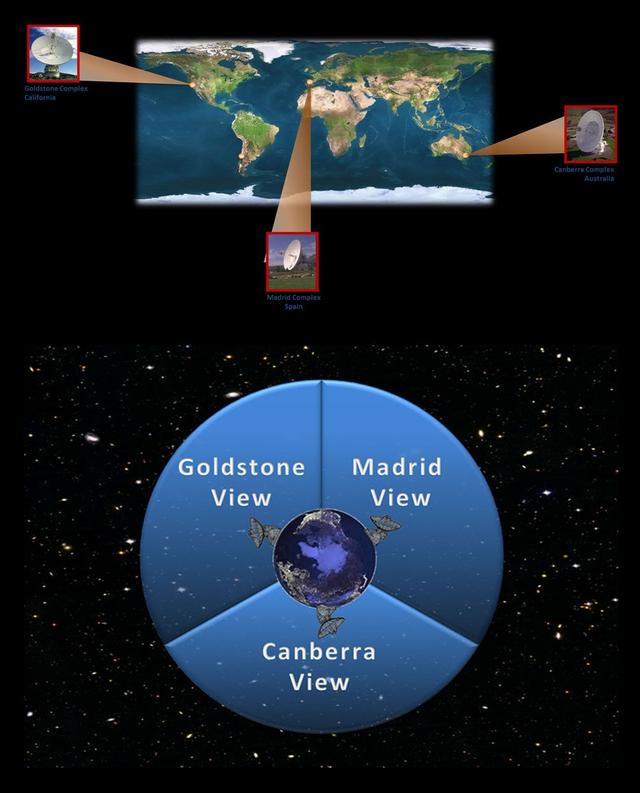
As we can see from the above diagram, the three stations are distributed at 120 degrees, thus avoiding the effects of the earth's rotation and thus allowing for more efficient communication with and control of the deep space probes.
It should be noted that the case of voyager 2 is unique in that in 1989, in order to explore neptune's moon, triton, at close range, the controllers deflected voyager 2's orbit in the direction of the ecliptic downwards, where the earth's south pole is located, and since then since then, voyager 2 has been flying "All the way south", further and further away.
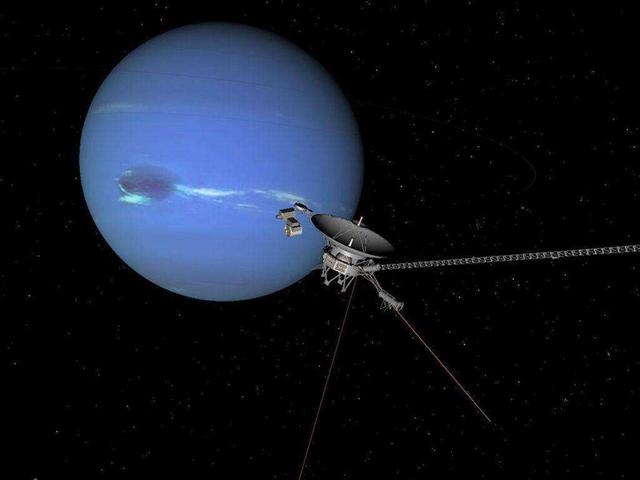
In this case, only the canberra deep space station in the southern hemisphere could communicate with it, but as the station had been in operation for almost 50 years, the facilities were becoming increasingly inadequate, so in march 2020, scientists had to replace it, and among the facilities taken offline was the only antenna currently capable of sending commands to voyager 2. And so voyager 2 went into a runaway state.
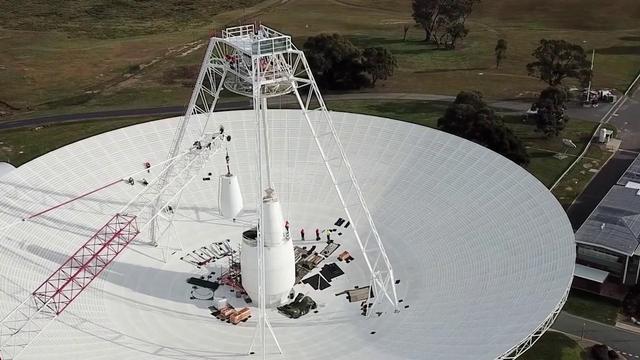
It was not until the end of october that the update was initially completed and scientists rushed to send a message to voyager 2, which presumably meant, this is a call from earth, do you copy? Fortunately, after 34 hours and 48 minutes of apprehension, voyager 2, which had been out of control for seven months, finally responded by sending a message to earth from 18.8 billion kilometres away: Hello.
It is good news that earth has regained contact with voyager 2 after being out of control for such a long time. But somewhat sadly, the batteries carried by voyager 2 are running low on power and will be fully depleted by around 2025, from when voyager 2 will be completely out of contact with earth and travelling alone in the vastness of the universe.
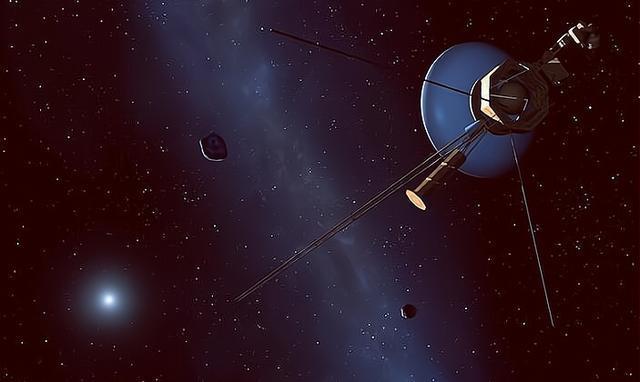
Voyager 2 will be heading towards sagittarius, and it is estimated that in 40,000 years it will reach the vicinity of a red dwarf star called rossius 248, and its next target will be sirius, which will take up to 300,000 years to reach.


